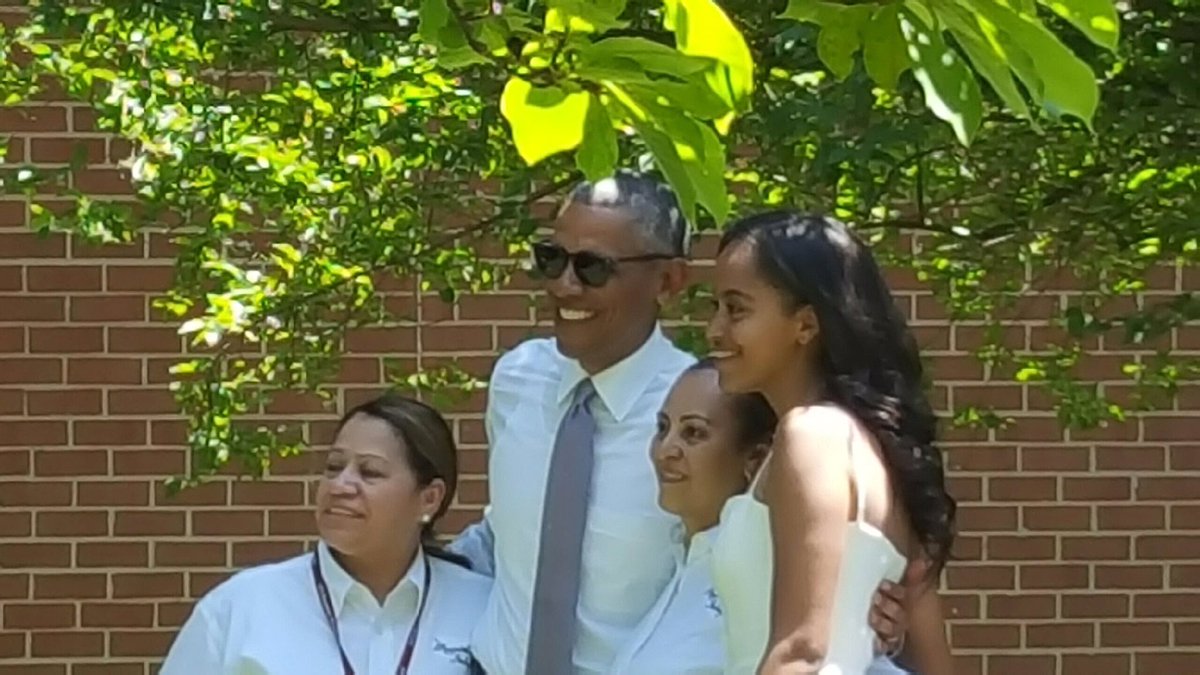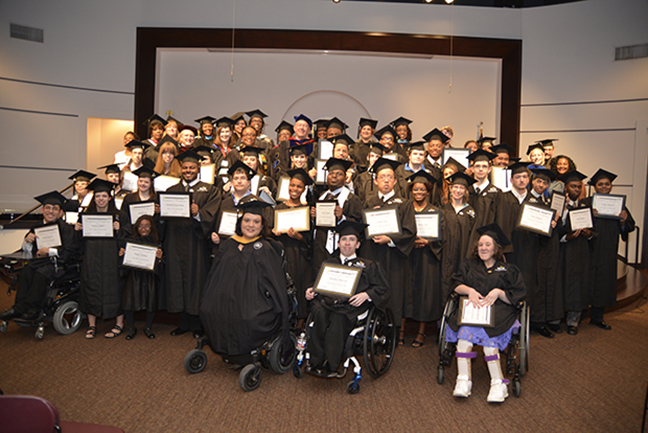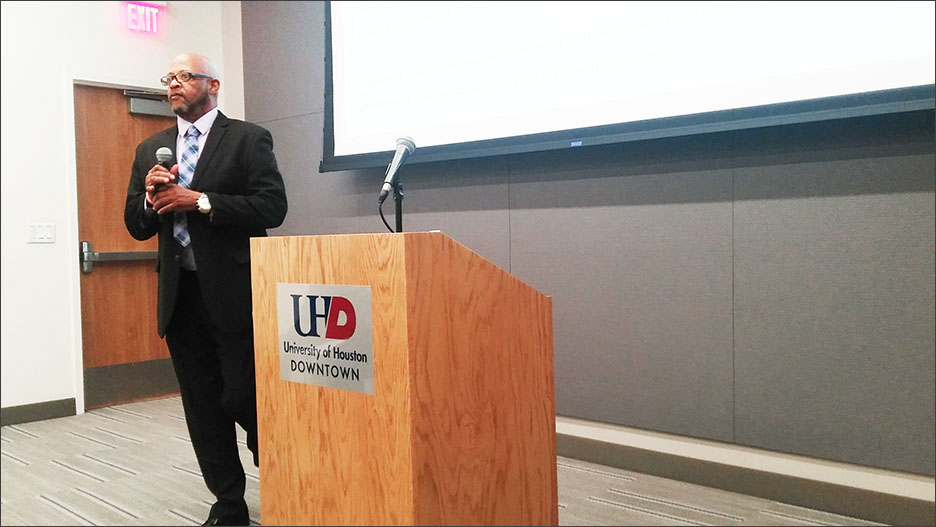
Without doubt, college enrollments, disengagement, underachievement, and low rates of degree completion of Black men consistently generated terrifying numerical measures of desolation and ineffectuality.
By Anthony Obi Ogbo (International Guardian, Houston, TX)
It was all hands of deck at the “Men of Color Greater Houston Area Collegiate Symposium” where students and educators gathered for a three-day lecturing, learning, and strategizing on effective ways to support men of color in their college ventures.
The event sponsors by The University of Houston Downtown, Houston Community College and San Jacinto College hosted local schools, colleges, universities, and community organizations in taking part to bring students and leaders together to effectively engage men of color in creating pathways for success for students and professionals in the K-16 environment.
Conference organizers say they hope to specifically review solutions to support students and leaders as they evaluate outcomes for continued success to support institutions, organizations, and communities mitigate school-to-prison pipeline and the collegiate dropout rate. But presentation on Friday, October 27, 2017 by Dr. Anthony Hancock, Dean of Arts and Sciences, at the Houston Community College, unloaded that philosophy – invoking the theories on identity development to advocate a mindset for growth.
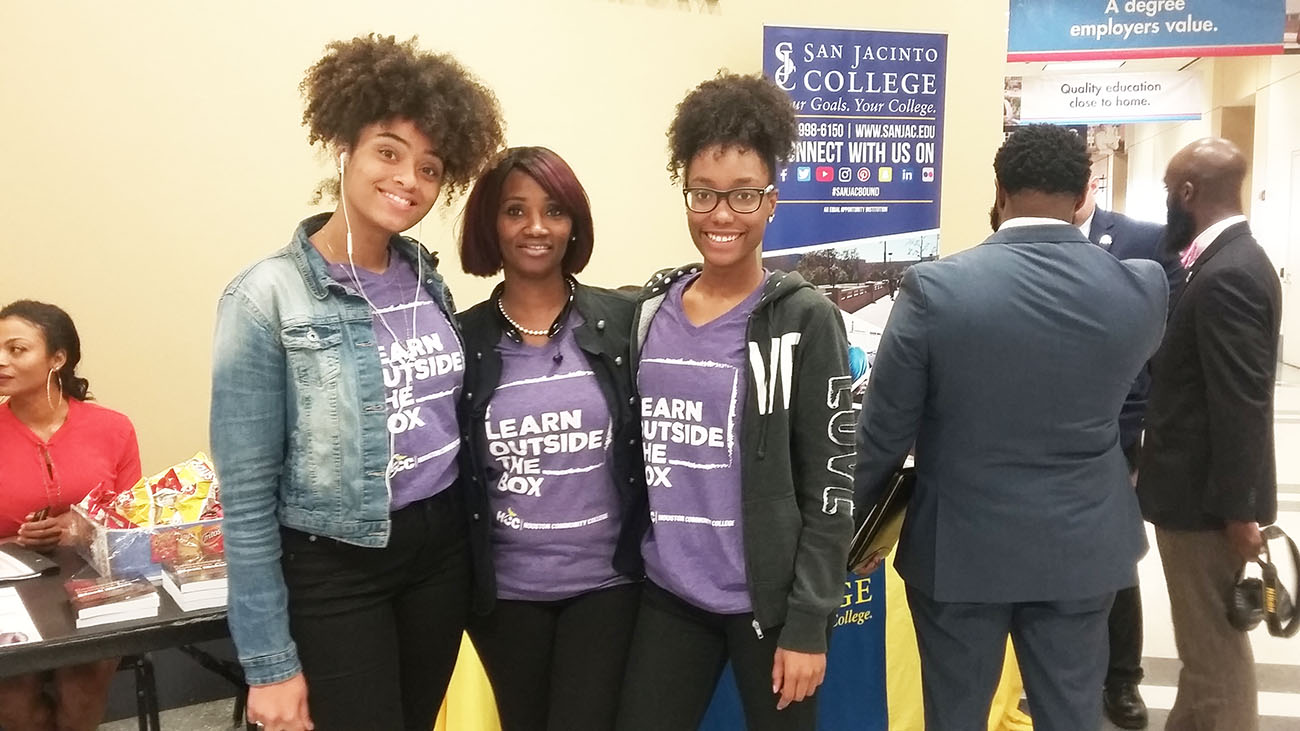
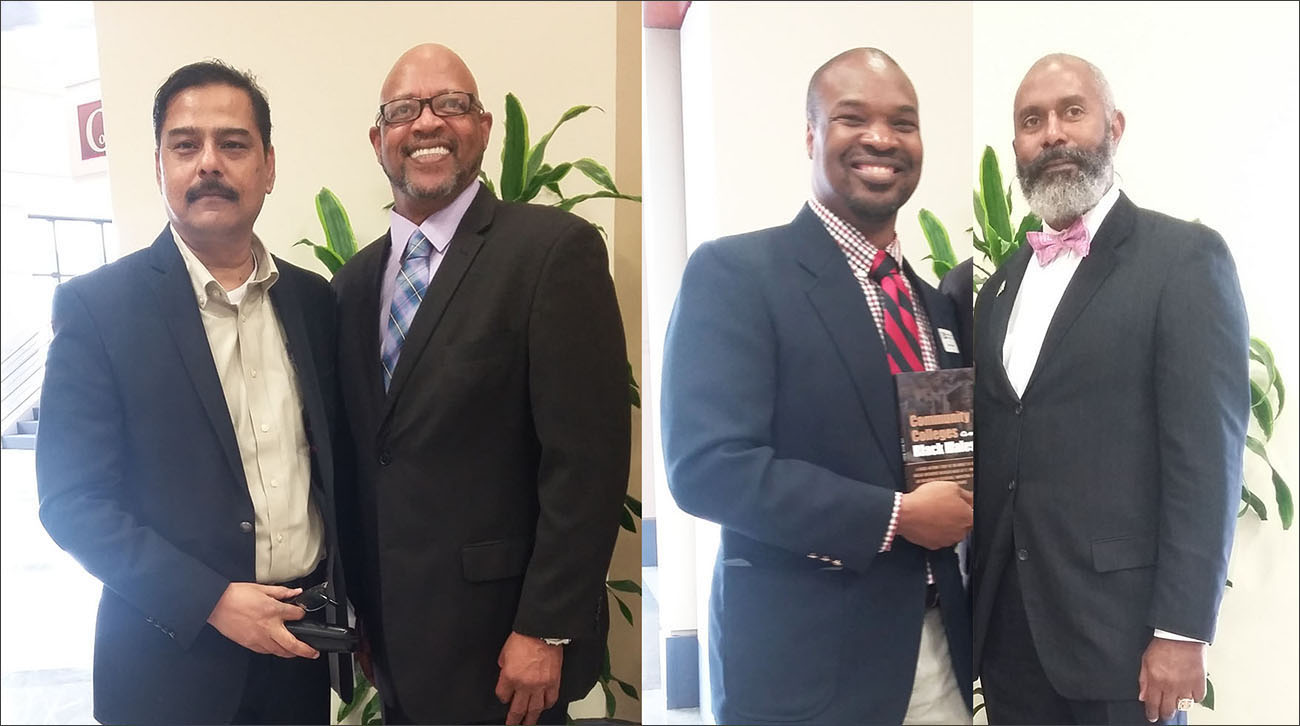
Without doubt, college enrollments, disengagement, underachievement, and low rates of degree completion of Black men consistently generated terrifying numerical measures of desolation and ineffectuality. To make these challenges worse are a lack of effective approaches by educators and policymakers in addressing them. Dr. Hancock admitted that these challenges are among the most pressing and complex issues in American higher education today. In fact, a summary of problems and inequities that are typically amplified in public discourse, scholarly journals, policy reports, and the media justifies the impending urgency. For instance:
- 35.8 percent of Black students who enrolled at four-year colleges in 2010 had earned a diploma by 2016.
- For Whites, 60.7 percent of students who entered college in 2010 had graduated by 2016.
- At private four-year colleges and universities, the Black graduation rate was 41.1 percent compared to a White graduation rate of 68.0 percent.
- For Black students entering college in 2010, 39.2 percent of women earned their degrees within six years compared to 31.2 percent of Black men.
- About 72 percent of Black students took out a student loan, again the highest rate among any racial or ethnic group.
These figures according to Dr. Handcock shaped the fundamental relevance of his presentation titled, “Sometimes Curve Balls Don’t Curve: A Mindset for Growth.” “Classroom experience matters in strategizing any engagement process when the issue is about people of color,” he noted. For example:
- What compels one to speak and participate actively in courses in which he is the only Black student?
- How do Black undergraduate men earn GPAs above 3.0 in majors for which they were academically underprepared?
- Which instructional practices best engage Black male collegians?
- How do Black men craft productive responses to stereotypes encountered in classrooms?
These and many more exploratory questions came up from different perspectives to herald reflection forums and sessions at Men of Color Greater Houston Area Collegiate Symposium. Dr. Handcock’s 45 minutes Presentation on “Sometimes Curve Balls Don’t Curve” however confronted the issues head-on, with substantial intervention actions. A workforce exponent, Handcock expresses the need to create multiple pathways that combine education, training, work experience, and support to help young men, especially those who lack high school diplomas and job skills, achieve successful postsecondary outcomes.
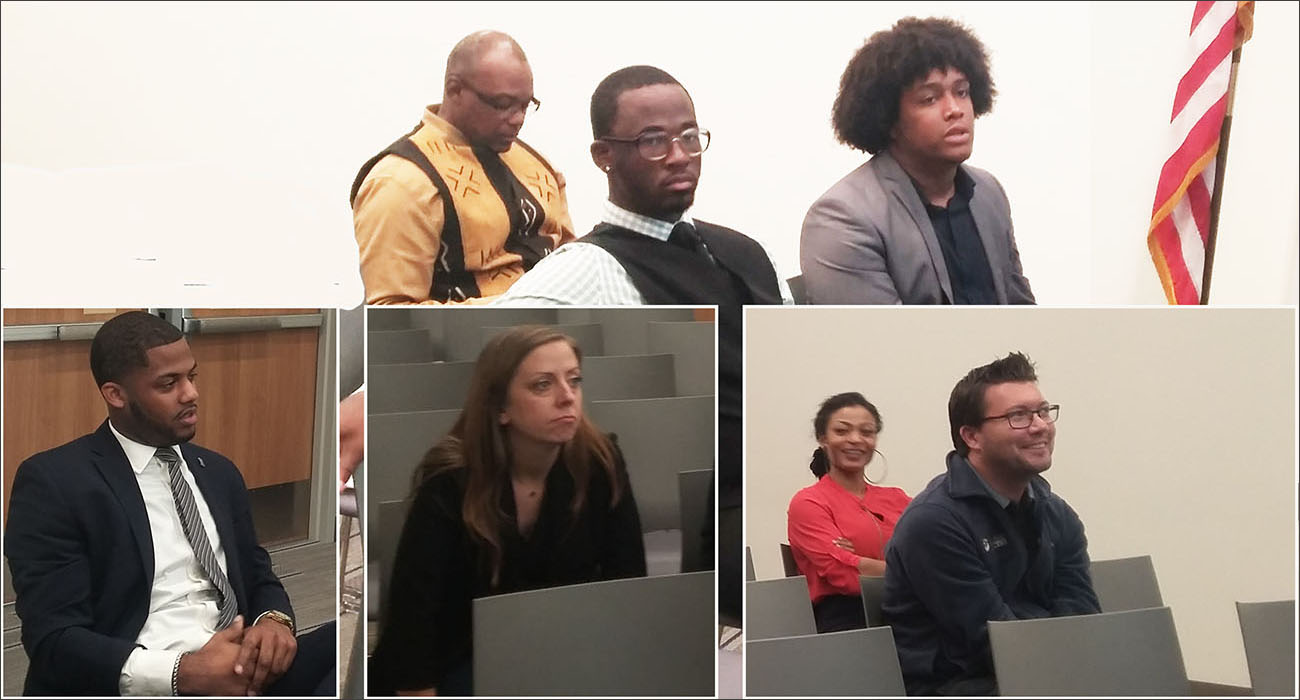
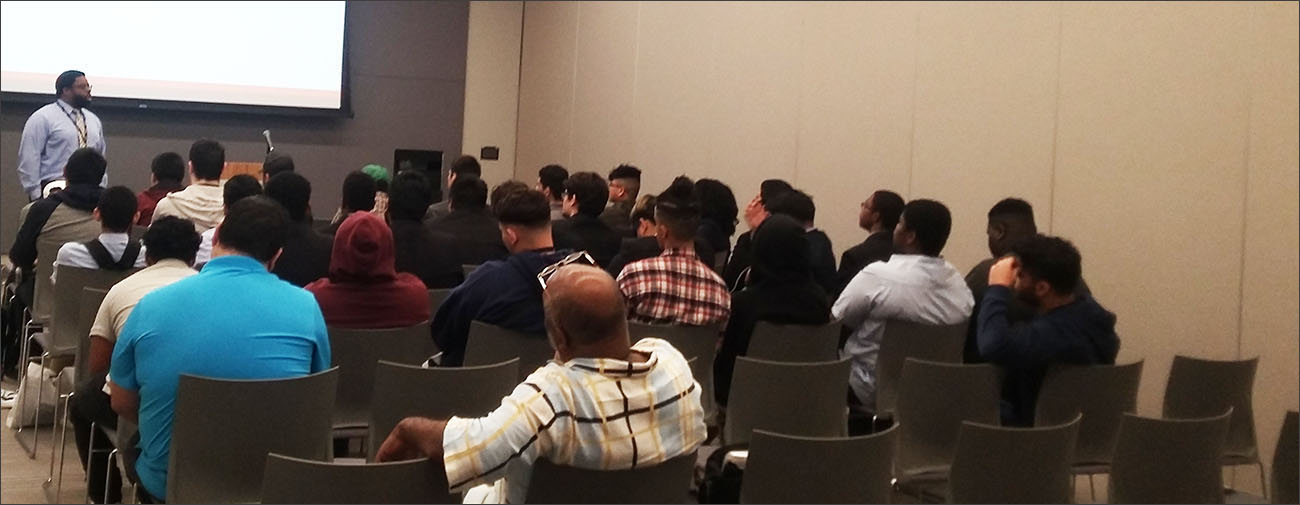
Among other intervention strategies, there could be a concerted effort to reach out to former students who have attended an institutions but who have not earned a baccalaureate degree from any institution. Finally, the paper advocated an undivided support for economic growth at regional, states and national levels; including research and innovation, commercialization of technologies, and economic development, this includes increasing graduates in areas of critical need including STEM fields.

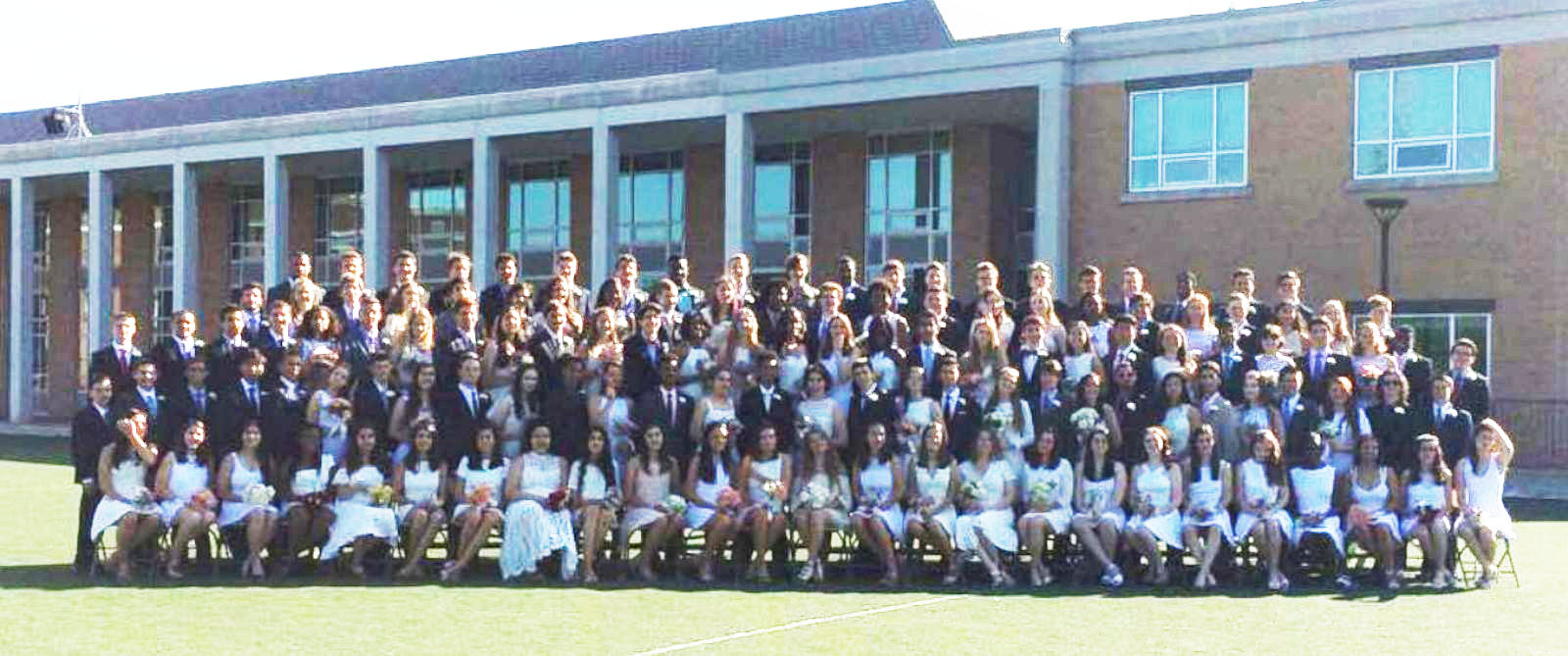
 WASHINGTON — President Obama has a plan for his daughter’s graduation: Wear sunglasses so no one can see him cry.
WASHINGTON — President Obama has a plan for his daughter’s graduation: Wear sunglasses so no one can see him cry.